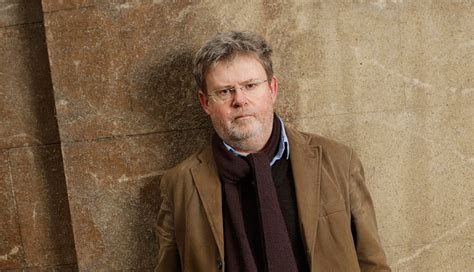I. Theology As Master Discourse.
I first met John Milbank, my doctoral supervisor, at a welcome event for new graduate students sponsored by the Divinity School of the University of Cambridge. During the meeting, each faculty member introduced him or herself and described an area of specialization. I don’t remember what anyone else said, but Milbank introduced himself as a theologian “interested in everything and in the God who is beyond everything.” That’s his specialty: Everything, and then some.
Login to read more
Sign in or create a free account to access Subscriber-only content.
Topics:
